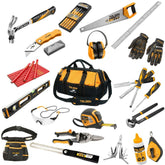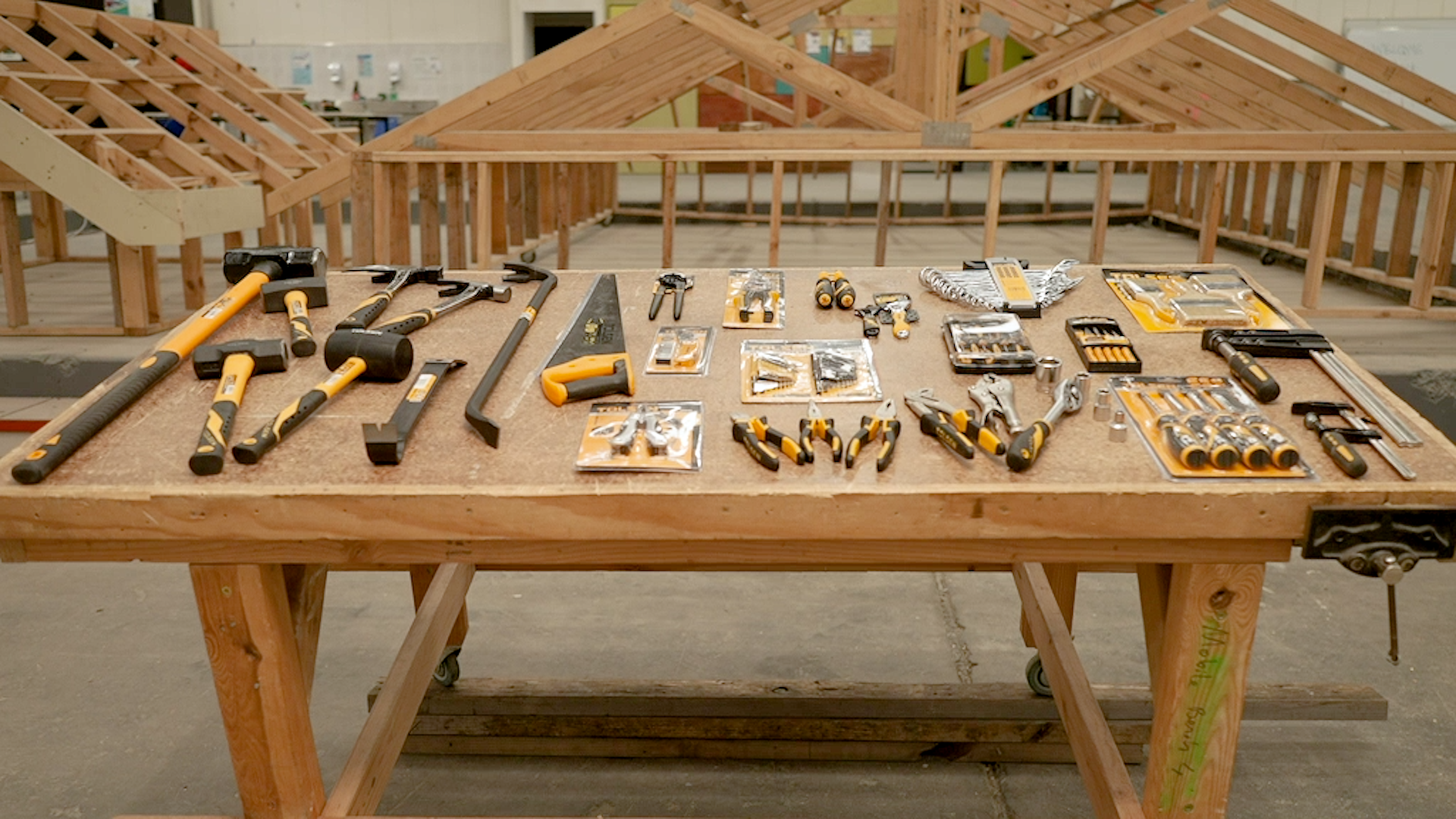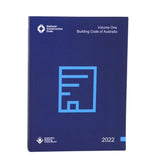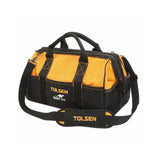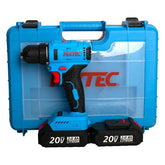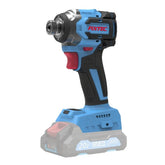Carpenters' 15 Most Used Tools
Each trade has its own tools and woodworking is no different. Every craftsman knows that the right tool for the project is critical to the timely production of a quality end product. In our list of 15 most used tools, you can find the must-have carpenter tools, woodworking workshop tools, woodworking power tools which are chosen for you by Trade Institute of Victoria's experienced teachers.
Also, there is no doubt that some of the most basic DIY or maintenance works could be handled with some essential tools.
Here is a list of the 15 Must-Have Tools:
#1 - Hand Saw:
A carpentry workshop must have a couple of hand saws that meet your needs. Traditional carpenters prefer the hand saw because it allows them to manage the cut while producing a perfect finish. The hand saw is a good tool to have with you because of its many variations.
#2 - Spirit Level:
When it comes to creating the perfect leveled surface or product, spirit levels are essential. Longer levels are preferred by certain carpenters, but it all depends on the application and form of woodworking job.
#3 - Tape Measures:
All carpenters use a tape measure because it is always convenient and efficient. This is critical for your work to be the right size. There are a variety of methods, including electronic ones. Choose according to your project.
#4 - Claw Hammer:
One of the most important carpentry hand tools in any carpenter's toolbox. This hammer has a claw on one side of the head and a straight handle that is easy to use. In order to be used appropriately, a claw hammer must be properly balanced. If you're going to use a steel handle hammer, make sure it has a rubberized grip for better control and grip performance.
#5 - Chisel:
Carpenters and woodworkers use chisels to chip out wood for door hinges and other fine woodworking projects. Corner chisels work similarly to hole punches, cutting a piece of wood with a single hammer strike.
#6 - Utility Knife:
Cutting drywall, sheet plastic, linoleum, boxes (of course), roofing shingles, rope, wallpaper, and other materials is possible with a decent one. Having it on hand will save you time when you're at work, and it will keep you much safer than using a pocket knife or box cutter.
#7 - Nail Gun:
You'll need a nail gun if you're doing some woodworking. You can pop nails quicker and more effectively with a nail gun. Get one right away if you want to save time and money during the work!
#8 - Quick Clamps:
In the carpentry industry, clamps are extremely useful. They're used to secure and grip bits of wood and lumber so you can saw, carve, and do other woodworking activities more effectively with your hands free. They come in a variety of sizes, designs, models, and types, allowing you to attach them to a variety of working surfaces.
#9 - Carpenter Pencil:
A carpenter or anyone who are making improvements or repairs in their home will always need a pencil to mark the location of the next cut. When setting out framing or making cuts, pencils or, in some cases, chalk lines are often helpful, inexpensive, and will assist you.
#10 - Carpenters Square:
For framing, roofing, and stair work, the carpenter square is the tool of consideration It's a hand tool with two straight arms at right angles that are used to create or measure right angles. The square is still one of those items that we will need to have no matter how developed our technology becomes.
#11 - Storage Space (Tool Box, Tool Bag etc.):
Regardless of your carpentry level, having enough space to store your tools is essential. You might want to look for mobile storage space or have a simpler toolbox.
#12 - Power Drill:
A screwdriver isn't always enough to complete a task; driving screws into walls and hardwood is a time-consuming and challenging operation. You can quickly push in or remove screws and drill holes in walls in preparation for shelves with a power drill (corded or cordless), making it a must-have for home DIY projects.
#13 - Circular Saw:
A circular saw is one of the most powerful carpentry equipment you can have. It can be used as a handheld device or placed on a table. A traditional circular saw allows you to control the depth of the cut, allowing you to make narrow slots, and other shapes.
#14 - Screwdrivers:
For any building or furnishing job, you should have a screwdriver set on hand. For almost any project, a collection of Philips head and flat-head screwdrivers of different sizes may serve, but other styles can be used in a carpenter's line of work.
#15 - Marking Tools:
In any woodworking project, marking is critical. Pencil, gauge, scriber, marking knives, awl, chalk line, and other woodworking marking tools are the most common. They can be used to create something with a piece of wood, including cutting, shaping, and drilling. They may be used to draw a parallel line to the sides, a jig jag line, or rounds on a workpiece.
Not only for a woodworker or a carpenter but also for anyone who says I can do it.
As Tool Market Australia, we have made up to 50% discounts on the Must-Have 15 tools of a carpenter, which are chosen for you by Trade Institute of Victoria's experienced teachers.
Do you need more? Just click Carpenters' 15 Most Used Tools Clearance and get a lot of options with UP to 50% DISCOUNT!


